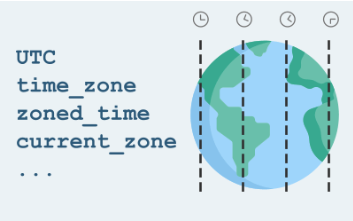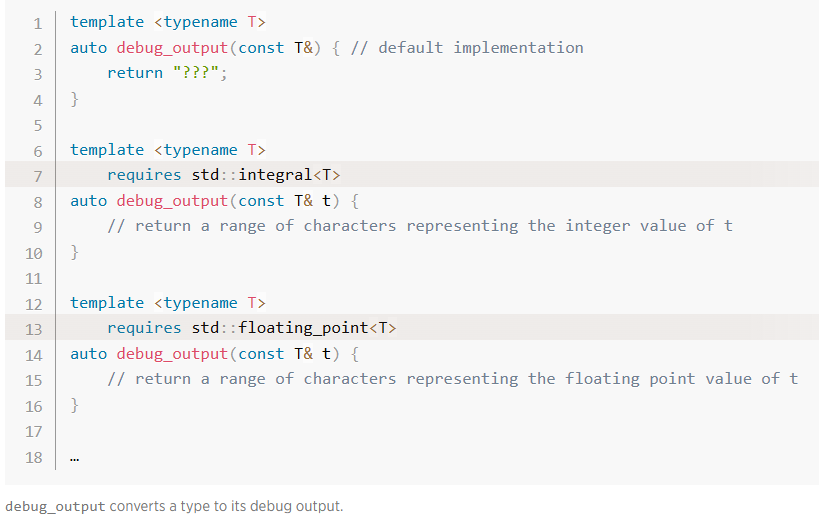Use std::span Instead of C-style Arrays -- Sandor Dargo

Use std::span Instead of C-style Arrays
by Sandor Dargo
From the article:
While reading the awesome book C++ Brain Teasers by Anders Schau Knatten, I realized it might be worth writing about spans.
std::span is a class template that was added to the standard library in C++20 and you’ll find it in the <span> header. A span is a non-owning object that refers to a contiguous sequence of objects with the first sequence element at position zero.
In its goal, a span is quite similar to a string_view. While a string_view is a non-owning view of string-like objects, a span is also a non-owning view for array-like objects where the stored elements occupy contiguous places in memory.
While it’s possible to use spans with vectors and arrays, most frequently it will be used with C-style arrays because a span gives you safe access to its elements and also to the size of the view, something that you don’t get with C-style arrays.
When and why does it come in handy?

 In this blog post, we will explore handling dates using std::chrono, including time zones. We’ll utilize the latest features of the library to retrieve the current time across various time zones, taking into account daylight saving time changes as well. Additionally, we will incorporate new capabilities introduced in C++23, such as enhanced printing functions and more.
In this blog post, we will explore handling dates using std::chrono, including time zones. We’ll utilize the latest features of the library to retrieve the current time across various time zones, taking into account daylight saving time changes as well. Additionally, we will incorporate new capabilities introduced in C++23, such as enhanced printing functions and more. Recent versions of the C++ language (C++20 and C++23) may allow you to change drastically how you program in C++. I want to provide some fun examples.
Recent versions of the C++ language (C++20 and C++23) may allow you to change drastically how you program in C++. I want to provide some fun examples. Programming at compile time has been possible in C++ for a long time. Wu Yongwei considers its past, present and future.
Programming at compile time has been possible in C++ for a long time. Wu Yongwei considers its past, present and future. Probably the two most useful features added to C++20 are
Probably the two most useful features added to C++20 are 